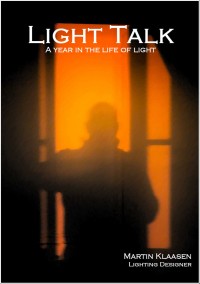Light house
Perth, 20th October 2014
Over the weekend I took a break and drove down to Margaret River for a bit of R&R. It turned out I also escaped the wild weather in Perth, but we only found that out when we returned yesterday; we enjoyed beautiful, though cold, weather. One of the stops on my trip was the Cape Naturalist Light House (…of course 🙂 ). It was Australia’s last manned lighthouse and was build over a period of 10 months in 1903. The gold rush in the 1890’s in Western Australia had enabled the government to save up money to undertake these projects such as the at that time much needed light house. The light house is only 20m high and has only 59 steps to reach the top, but as it stands on a plateau about 100m above the sea level it is effectively 120m high. The light house is still fully operational but converted to automatic operation in 1978 with the last lighthouse keeper leaving in 1996. A light sensor activates the light house at dark and a computerised checking system keeps track of its working reporting any malfunctions directly to Australian Maritime Safety Authority.
The major cost was for the custom made lead prism crystal lenses commissioned from Chance Brothers from Birmingham in the UK, one of the leading light house equipment manufacturers/ suppliers at the time, costing nearly 5000 pounds, which would translate in several millions at today’s rate. The diameter of the lens system is about 14 foot. It consists of two lenses that focusses the light to a ultra narrow beam visible as a flash as it rotates. The lenses rotate in 10 seconds creating two flashes with a unique 2.5 and 7.5 second interval. The lens system sits on a turntable that including the lens weight 12.5 tons. The weight floats on a bed of mercury, an ingenious design, to assure the electrically motor driven equipment provides a clockwork and friction free rotation.
The lamp, only a 1000W 3000K halogen bulb, seems minuscule compared to the huge prism crystal lenses, but its light through the lens system is said to magnify nearly 900 times creating a flash of light that is visible more than 25 nautical miles away. The small bulb replaced an earlier much bigger filament version.
Light Watch 5-177: I have always found light houses to be inspiring. Converting light from a tiny light source to a beam easily visible tens of miles away…












 The long awaited book compilation of Martin's first year of blogging is available. Order now.
The long awaited book compilation of Martin's first year of blogging is available. Order now. Feedspot Top 100 Lighting Blogs
Feedspot Top 100 Lighting Blogs